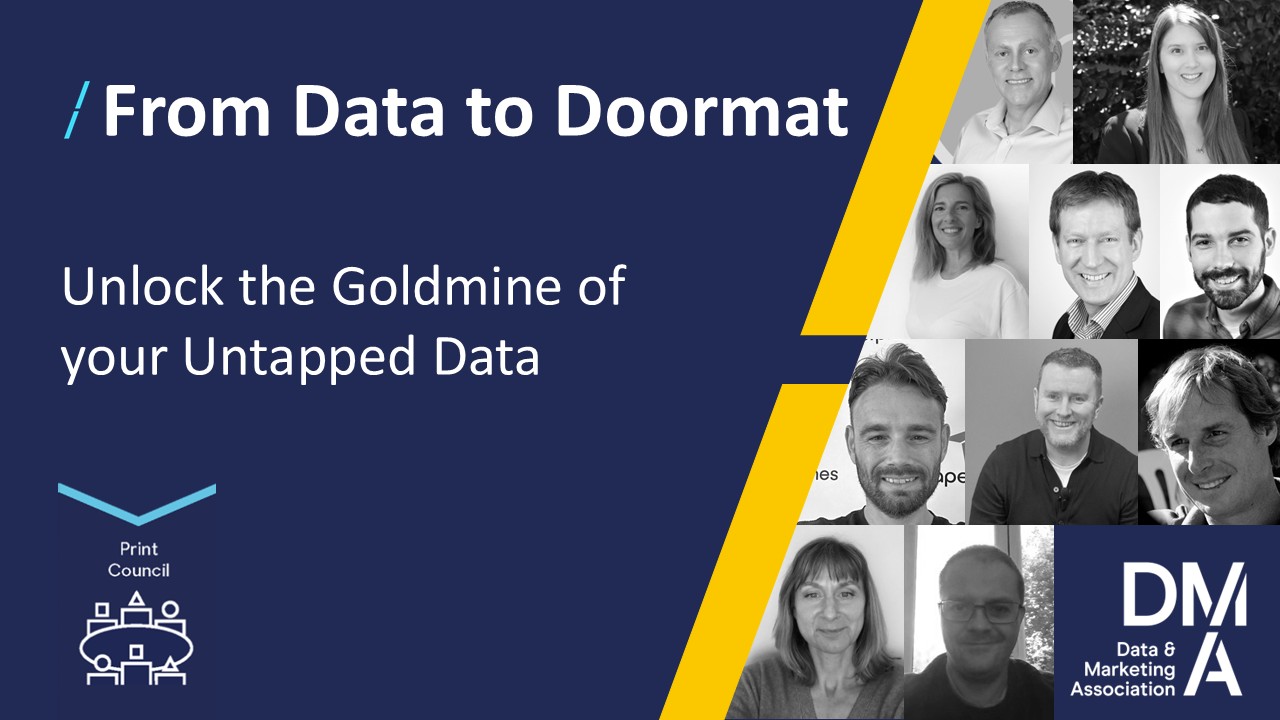The wonderful world of Real-Time Interaction Management
17 Aug 2022

This is an area that I personally am very invested in, before I was retired into Managing & Directing for Purple Square, I consulted almost exclusively in the world of Real-Time marketing, and I have been voraciously consuming content, webinars and knowledge over the years to gain a deeper understanding of current RTIM platforms, so that we can better serve our customers in this exciting space.
RTIM Channels
In the interests of clarity, a real-time marketing channel can be very simply defined as a touchpoint where your customers come to you, rather than when you go to them. Good examples include your website, the call centre or point of sale in a physical store. I’m going to safely assume that your organisation uses some if not all three of those touchpoints.
Contextually Relevant Content
Next, let us create a common understanding. Industry leading research company Forrester defines RTIM as “enterprise marketing technology that delivers contextually relevant experiences, value, and utility at the appropriate moment in the customer life cycle via preferred customer touchpoints”. This is a great elevator pitch for what is quite possibly the most powerful step change in your marketing since you started asking your customers for their email addresses.
The key phrase for me there is “Contextually Relevant” – messaging, or experience should be tailored to the customers current situation, the pressures that drive them, even the mood they are in. The right message today isn’t the same as the right message tomorrow. In fact, it is even worse than that, because the concept of the “appropriate moment” is also important to explore – in the context of real-time, a moment can be measured as 200 milliseconds long. It is not every technology that allows you to quantify something as abstract as a moment, but this is the field we are the privileged to be part of.
The reason that 200 milliseconds is so important is, in the world of RTIM, 200 milliseconds is the amount of time it takes, on average to consume the contextual data, combine it with some historical data about the customer, score this through multiple predictive models, choose the right offer message and return it to the inbound channel. Sounds simple, right? Sometimes, the right decision can also benefit from third party contextual data. For example, if you are selling DIY supplies, might it not be useful to know the weather at the customers location before you decide which offer to present them? If its raining, maybe don’t promote the new range of barbeques over the the wallpaper.
How the human brain responds to content
Interestingly (to me at least), in researching this post, I found a fascinating neurological correlation. There is a flawed view that the human brain does something so simple as receive stimulus and react to it. In actual fact it takes 200 milliseconds (see what I did there) for the photons that hit your retina to travel down the nerves to be processed by the brain. With this unacceptable delay, that in our hunter gatherer mammalian past could have led to ending up in the belly of many a beast higher up the food chain, the human brain has evolved something quite astonishing, a real- time predictive model to react to what is happening more quickly. It is a co-incidence of course, but a fascinating parallel.
The heart of RTIM is the empowerment of organisations to understand their customers, so that they can define a market, or vertical leading strategy to deliver better, more deeply personalised real-time experiences than your competitors. For many industries RTIM has become the latest in a long line of battlefields for share of wallet.
It is not just about going for the fast buck either, sometimes a customer needs an answer to a question, or some specific information. RTIM allows you to give it to them, without putting them off by going for the quick sale. A happy prospect today is a happy customer tomorrow.





Please login to comment.
Comments